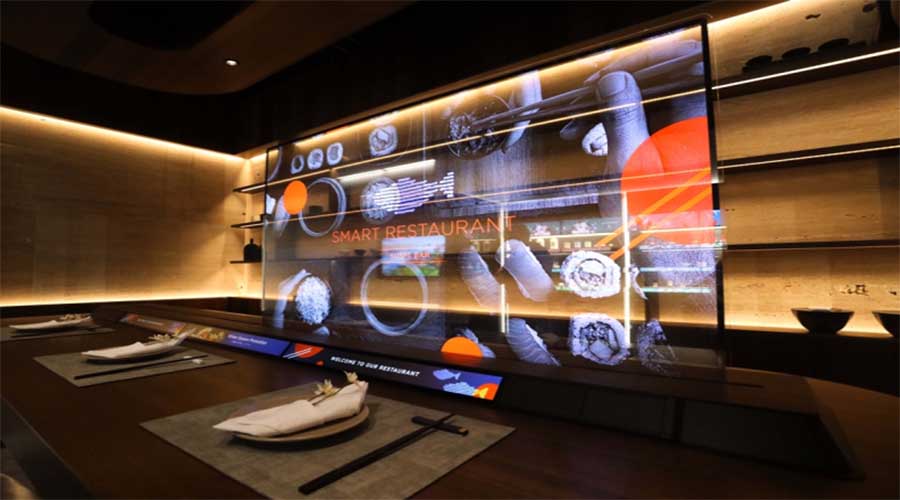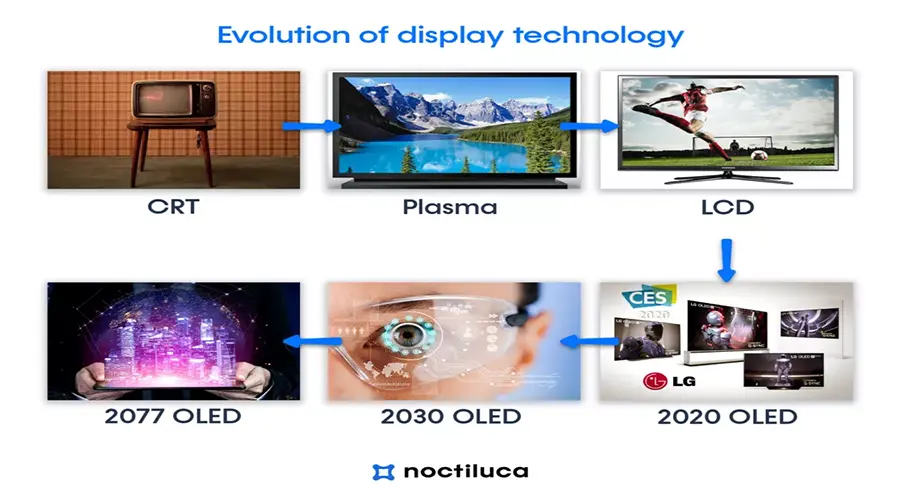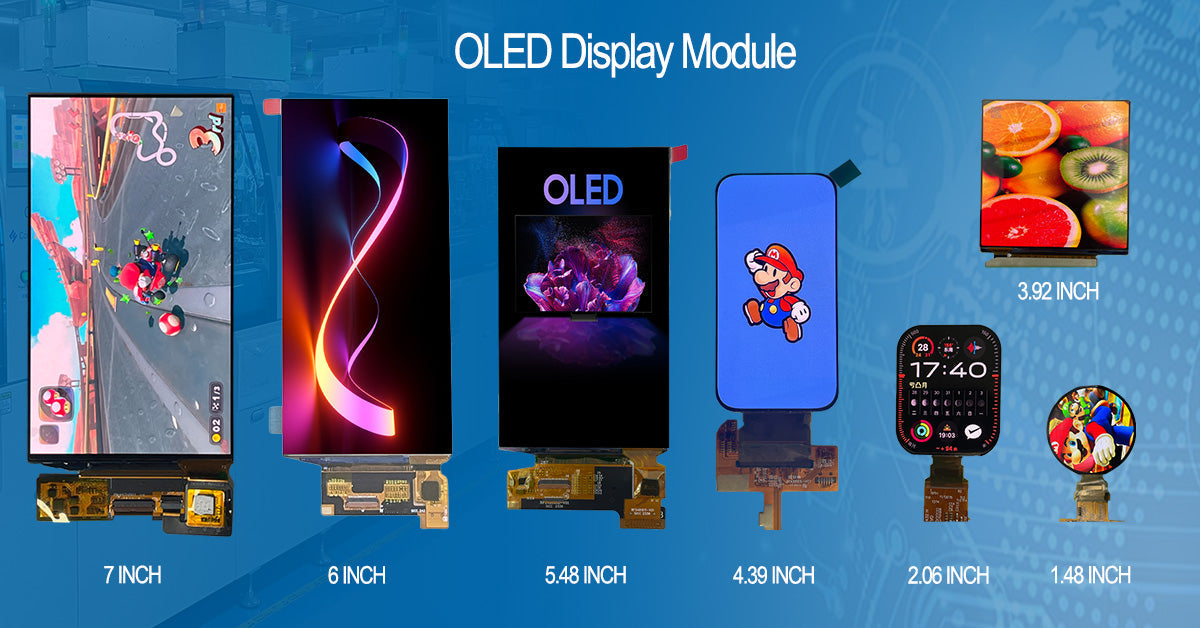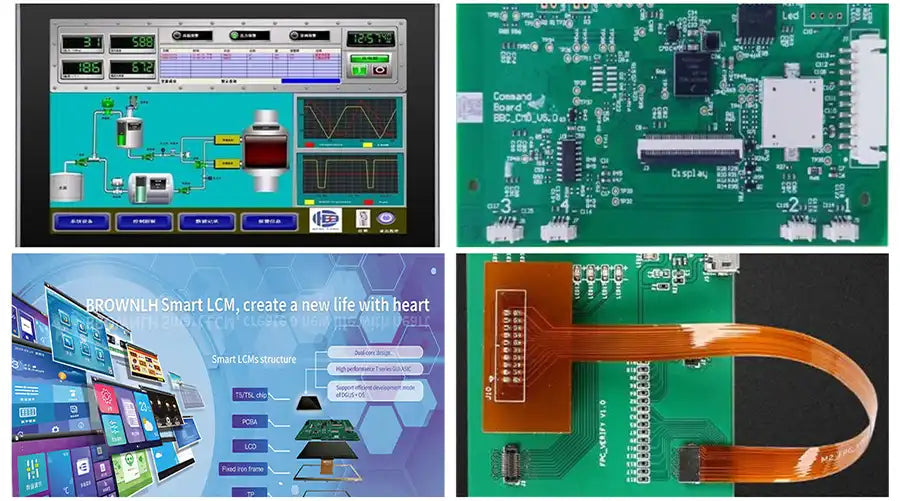Organic Light-Emitting Diode (OLED) technology has revolutionized the display industry by enabling thinner, more efficient, and visually superior screens across a wide range of applications. Unlike traditional LCDs that require a backlight, OLED pixels emit their own light—resulting in perfect blacks, infinite contrast, and ultra-fast response times.
This comprehensive guide explores the key applications of OLED technology in consumer electronics, automotive systems, medical devices, AR/VR headsets, and emerging markets. We’ll dive into technical advantages, real-world implementations, and future trends that make OLED a cornerstone of modern visual experiences.
Table of Contents
- 1. OLED in Consumer Electronics
- 1.1 Smartphones & Tablets
- 1.2 Televisions & Home Entertainment
- 2. OLED in Wearable Devices
- 2.1 Smartwatches & Fitness Trackers
- 2.2 AR/VR Headsets & Micro-OLED
- 3. OLED in the Automotive Industry
- 3.1 Instrument Clusters & Infotainment
- 3.2 Transparent & Flexible OLEDs in Vehicles
- 4. OLED in Medical Imaging & Diagnostics
- 5. OLED for Broadcast & Professional Monitors
- 6. Emerging Applications: Smart Homes & IoT
- 7. Future Trends in OLED Technology
- 8. Conclusion
1. OLED in Consumer Electronics
OLED has become the gold standard for high-end consumer electronics due to its superior image quality, energy efficiency, and design flexibility.
1.1 Smartphones & Tablets

Figure 1: OLED display in a flagship smartphone offers deep blacks and vibrant colors.
Over 80% of premium smartphones now use OLED panels. Brands like Samsung (AMOLED), Apple (Super Retina XDR), and OnePlus leverage OLED for:
- Dynamic contrast ratios (up to 1,000,000:1)
- Lower power consumption in dark mode interfaces
- Thinner bezels and curved edge designs
- Faster refresh rates (120Hz+) for smoother scrolling
Flexible OLED substrates also enable foldable phones like the Samsung Galaxy Z Fold and Flip series, pushing the boundaries of mobile design.
1.2 Televisions & Home Entertainment

Figure 2: LG OLED TV delivering perfect black levels and cinematic HDR performance.
Companies like LG and Sony dominate the OLED TV market with panels that deliver:
- Perfect black levels (pixel-level dimming)
- Wide color gamut (DCI-P3, Rec.2020 support)
- HDR10+, Dolby Vision compatibility
- Ultra-fast response time (<0.1ms), ideal for gaming
Newer models feature MLA (Micro Lens Array) and Heat Dissipation Technology to boost brightness and longevity, addressing earlier concerns about luminance decay.
2. OLED in Wearable Devices
The low power draw and thin form factor of OLED make it ideal for wearable technology.
2.1 Smartwatches & Fitness Trackers

Figure 3: Apple Watch uses OLED for always-on display and high readability.
Devices like the Apple Watch, Samsung Galaxy Watch, and FITBIT Sense rely on OLED because:
- It enables always-on displays with minimal battery drain
- High brightness ensures readability in sunlight
- Thin profile allows for sleek, lightweight designs
- Supports dynamic UI elements like animated watch faces
Manufacturers use LTPS-TFT or LTPO backplanes to dynamically adjust refresh rates (1–60Hz), further optimizing power.
2.2 AR/VR Headsets & Micro-OLED

Figure 4: Micro-OLED enables high PPI and fast response for immersive VR.
Micro-OLED (or Silicon OLED, Si-OLED) is a game-changer for near-eye displays:
- Pixel density >3000 PPI, eliminating screen-door effect
- Near-zero motion blur due to microsecond response time
- Low power and compact size, critical for battery-powered headsets
Used in devices like the Sony HMZ-T1, Magic Leap 2, and next-gen Apple Vision Pro, micro-OLED delivers unparalleled immersion.
3. OLED in the Automotive Industry
Automakers are adopting OLED for its design freedom, reliability, and visual clarity.
3.1 Instrument Clusters & Infotainment

Figure 5: BMW iX features a curved OLED instrument cluster.
Brands like BMW, Audi, and Mercedes-Benz integrate OLED into:
- Digital instrument clusters with customizable layouts
- Center infotainment screens with high contrast
- Passenger displays for entertainment
OLED’s wide viewing angle ensures readability from all seats, while its fast response supports real-time navigation and ADAS alerts.
3.2 Transparent & Flexible OLEDs in Vehicles

Figure 6: Transparent OLED prototype used as a smart window display.
Emerging applications include:
- Transparent OLED windows for heads-up information
- Flexible OLED panels molded into dashboards
- Curved OLEDs for seamless integration into interior design
These innovations enhance user experience while maintaining aesthetic elegance.
4. OLED in Medical Imaging & Diagnostics

Figure 7: OLED medical monitor used for radiological image analysis.
In healthcare, OLED is used in:
- Radiology workstations requiring 100% black levels for detecting subtle tissue contrasts
- Endoscopic displays with high color fidelity
- Portable diagnostic devices benefiting from low power and thinness
OLED’s ability to display true black reduces eye strain during long diagnostic sessions, improving accuracy and workflow.
5. OLED for Broadcast & Professional Monitors

Figure 8: OLED reference monitor used in broadcast production.
Professional-grade OLED monitors (e.g., Blackmagic Design, SmallHD) are essential for:
- Color grading with 10-bit+ color depth
- On-set monitoring with accurate skin tones and shadow detail
- Live production where latency must be near-zero
They meet standards like BT.2020 and DCI-P3, ensuring content looks consistent across platforms.
6. Emerging Applications: Smart Homes & IoT
OLED is expanding into smart environments:
- Smart mirrors with embedded OLED for weather, news, and health data
- Refrigerator displays showing inventory and recipes
- Wearable health patches with flexible OLED readouts
- Architectural lighting using large-area OLED panels
These applications leverage OLED’s thinness, flexibility, and uniform light emission.
7. Future Trends in OLED Technology
Next-generation OLED innovations include:
- Tandem OLED: Stacked emission layers for 2–3x brightness and longer lifespan
- QD-OLED: Quantum dot color conversion for wider gamut (Samsung Display)
- Printed OLED: Low-cost, large-area manufacturing using inkjet printing
- Transparent & Foldable OLEDs: For futuristic UIs and spatial computing
With ongoing R&D from companies like JOLED, Universal Display Corporation (UDC), and BOE, OLED will continue to evolve across industries.
8. Conclusion
OLED is no longer just a display technology—it’s a platform for innovation. From smartphones and TVs to medical devices and AR/VR, OLED enables thinner, brighter, and more efficient visual experiences.
As manufacturing costs decrease and new architectures like micro-OLED and tandem OLED mature, we can expect OLED to become even more pervasive in both consumer and industrial applications.
For engineers, designers, and product developers, understanding where and how OLED is applied is key to building the next generation of intelligent, visually compelling devices.
Looking to integrate OLED into your next product? Contact us for technical support, samples, and custom module design.
Frequently Asked Questions (FAQ)
What is OLED and how does it work?
OLED stands for Organic Light-Emitting Diode. Each pixel is made of organic compounds that emit light when an electric current is applied. Unlike LCDs, OLEDs do not require a backlight, allowing for perfect blacks, infinite contrast, and ultra-thin displays.
What are the main advantages of OLED technology?
Key advantages include: perfect black levels (pixel-level dimming), infinite contrast ratio, faster response time (ideal for gaming and VR), wider viewing angles, thinner and lighter panels, support for flexible and transparent designs, and better energy efficiency—especially with dark content.
Where is OLED technology commonly used?
OLED is widely used in smartphones (e.g., Samsung Galaxy, iPhone), TVs (LG, Sony), smartwatches (Apple Watch), AR/VR headsets (micro-OLED), automotive dashboards, medical imaging monitors, professional broadcast equipment, and emerging applications like smart mirrors and IoT devices.
Is OLED better than LED/LCD?
In most aspects, yes. OLED offers superior image quality with deeper blacks and higher contrast. It has faster response times and wider viewing angles. However, high-end LCDs with mini-LED backlights can achieve higher peak brightness. OLED may also be more susceptible to burn-in over time, though modern models have mitigation techniques.
What is micro-OLED and why is it important for AR/VR?
Micro-OLED (or Silicon OLED) is a high-density display technology built on a silicon backplane. It offers over 3000 pixels per inch (PPI), near-instant response time, and low power consumption—making it ideal for AR/VR headsets where clarity, speed, and compact size are critical to avoid motion blur and screen-door effect.
Can OLED screens get burn-in?
Yes, OLED screens can suffer from burn-in (image retention) if static images are displayed for prolonged periods. However, manufacturers use techniques like pixel shifting, automatic brightness limiting (ABL), and logo dimming to significantly reduce this risk. For typical usage, burn-in is rarely a practical issue in modern devices.
What is the future of OLED technology?
Future trends include tandem OLED (stacked layers for higher brightness and longer life), QD-OLED (quantum dot color enhancement), printed OLED (low-cost manufacturing), transparent and foldable displays, and wider adoption in automotive, medical, and smart home applications. Companies like Samsung, LG, and UDC are driving innovation in these areas.
How long do OLED displays last?
Modern OLED panels typically have a half-life of 30,000 to 60,000 hours, depending on usage and brightness. Blue OLED materials degrade faster, but advancements in encapsulation and tandem structures are improving longevity. With normal use, an OLED device can last 5–10 years before noticeable dimming occurs.





Leave a comment
Este site está protegido pela Política de privacidade da hCaptcha e da hCaptcha e aplicam-se os Termos de serviço das mesmas.